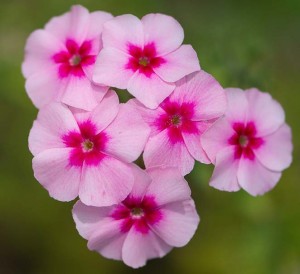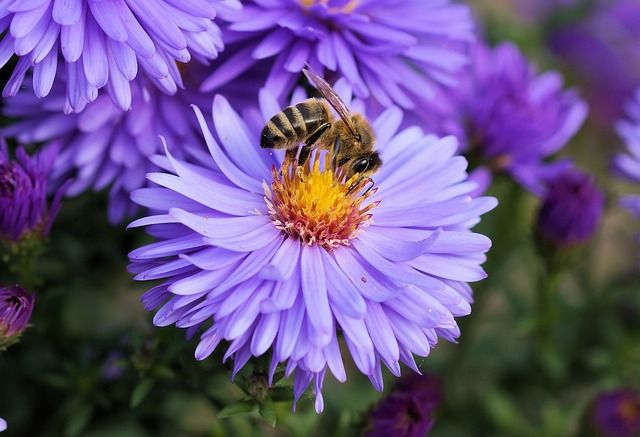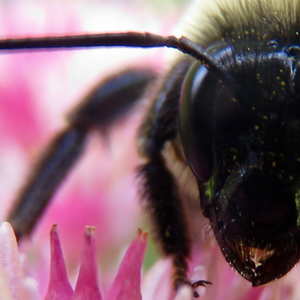Gardening Across the City

Stacy Taylor, Guest Blogger
This post was written by member and guest blogger Stacy Taylor.
Have you heard of the term “guerilla gardening”? Guerilla gardening refers to gardening on land that does not belong to you. Most commonly the term is used to mean people planting in land that they do not legally own, such as an abandoned site. Although it is not always a cloak-and-dagger routine, the fact that many groups prefer to work at night is one reason for a certain social stigma to this activity.
 A Brief History
A Brief History
Guerilla gardening is something that can date back to John Chapman (aka “Johnny Appleseed”) in 1801 when apple trees were introduced in large parts of Pennsylvania, Ohio, and Ontario. The activity began to gain momentum in the 1960s in Berkeley, California. However, the term was first used by Liz Christy’s Green Guerilla Group in 1973 when they transformed a derelict private lot in New York into a garden. Today this lot enjoys protection from the city parks department and is still cared for by volunteers.
Guerilla Gardening and the Law
In order to participate in this type of gardening, you first need to discuss this with your city to ensure you have permission to spread seeds on the specified lots. If you participate in this activity without consulting your city council, it is illegal. From an enforcement standpoint, guerilla gardening could constitute as unlawful entry or damage to property, therefore it is critical to get approval first. Something else to consider is ensuring you are only gardening with local native plants to avoid introducing invasive species.
Many who engage in this activity have the aim of beautifying inner-city eyesores like medians or roundabouts, while others are doing this in the name of food justice, to plant gardens in areas with limited access to fresh food.
Examples
Australia’s Network Ten features a show called Guerilla Gardeners to raise awareness of the “Permablitz” groups. These are people who gather regularly to design and construct free suburban vegetable gardens.
Richard Reynolds started a blog in 2004 to highlight his solo guerilla gardening efforts around Elephant & Castle, London – GuerillaGardening.org. The site is still his blog; however, as he hopes to inspire others in to action, it includes tips and links, and tries to link up supporters around the world.
Greenaid
In Los Angeles in 2010, Daniel Phillips and Kim Karlsrud began an organisation that converted gumball machines to dispense seed balls, a combination of clay, compost, and region-specific seeds. Seed balls can be tossed or planted in any area that could benefit from wildflowers. The advantages of seed bombing with balls is that it does not require actual planting in private property and does not have the same illegal stigma as guerilla gardening.
Does it Work?
If the aim of the guerilla gardener is to drop some wildflower seeds and hope something grows, there is a chance it will, provided they have chosen the right seeds and the right conditions. Wildflowers will attract pollinators, and pollinators will help spread the seed. So yes seed bombing can work.
Beautifying the area can be done with seeds or planted flowers. Before planting flowers, make sure the conditions are right, that there is enough sunlight, rain, and soil, and be sure to use local, hardy plants; for example, some areas need drought resistant plants. Be prepared to go back to the area with fertilizer and water.
A vegetable garden will take a lot of tending and gardening after initial planting. A vegetable patch can be a lot of work and it would be advised to get a group of like-minded individuals together to tend to and monitor the plot. Community gardens have had a lot of success in food deserts where several residents want to get involved and help.
 Guerilla Gardening May Save Pollinators
Guerilla Gardening May Save Pollinators
Many pollinators are federally listed as threatened or endangered. This is due to a global decline, caused by loss of habitat, pesticide use, invasive plants and animals and diseases. Native wildflowers and perennials provide food for native bees, honeybees, butterflies and many other beneficial insects. The main thing is to make sure that the wildflowers you are planting are native and not invasive and to choose the right area.
If planting for pollinators, it is best not to use pesticides, organic management through correct soils and proper weeding is advisable. In an area of pollinator friendly flowers, it could also be advantageous to erect a bug home (also known as an insect hotel), which is a structure using natural materials that can provide shelter for insects.
How to participate
If this is something you would like to be a part of, take the right actions by contacting your city officials, choose the area carefully, use the right soil or compost, and make sure the flowers or seeds are not invasive.



